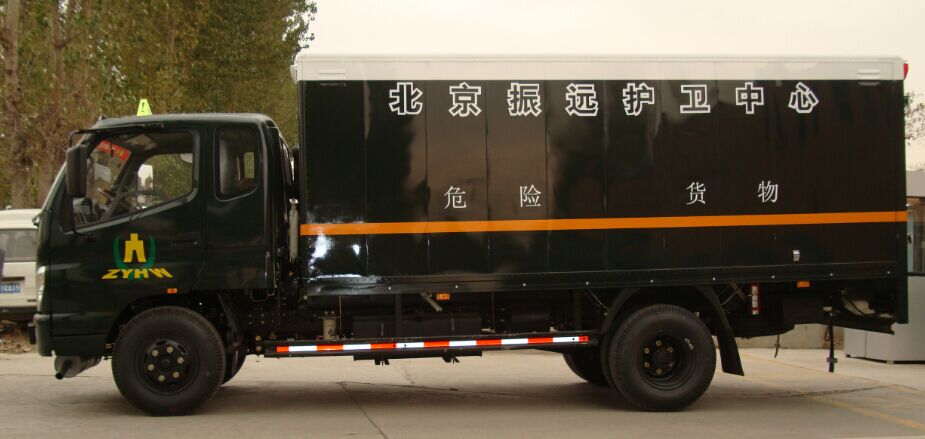the first sort    Explosives
The second category   Compressed gas and liquefied gas
The third category   Flammable liquids
Fourth class   Flammable solids, pyrophoric articles, and wet flammable articles
Fifth category   Oxidants and organic peroxides
Category 6 Â Â Poisons and Infectious Objects
Seventh   Radioactive articles   Â
Eighth   Corrosion products  Â
Ninth class   Miscellaneous

the first sort    Explosives
This category of chemicals means that under the influence of the outside world (such as heat, pressure, impact, etc.), violent chemical reactions can occur and a large amount of gas and heat can be generated instantaneously, causing a sudden increase in ambient pressure, explosion, and damage to the surrounding environment. Articles also include pyrotechnic articles that have no overall explosion hazard, but have a fire or projectile and a small explosion risk, or produce only one or more of heat, light, sound, or smoke.
Features :
   Explosiveness is the main characteristic of all explosives     Â
    These items are all chemically unstable. Under the influence of certain external factors, they will undergo violent chemical reactions. There are mainly four characteristics:
   ·The chemical reaction speed is very fast. The chemical reaction is usually completed in one ten-thousandths of an hour, because the explosion energy is released in a very short time and therefore has a great destructive power.
   • A lot of heat is generated at the time of explosion. This is the main source of explosives.
   · Produce a lot of gas, causing high pressure. The shock waves formed are very destructive to the surrounding buildings.
Very sensitive to impact, friction, temperature, etc.
   The explosion of any kind of explosive requires the outside world to supply it with certain energy - detonation energy. The minimum detonation energy needed for an explosive is the sensitivity of the explosive. Sensitivity is a very important sign to determine the explosion risk of explosives. The higher the sensitivity, the greater the explosion risk.
Some explosives have some toxicity   Â
   For example, TNT, digested glycerol, thunder mercury, etc. all have certain toxicity.
Reacts with acids, alkalis, salts, metals
   Some explosives chemically react with certain chemicals such as acids, bases, and salts, and the resulting products are more easily explosive chemicals. Such as: bitter acid in the case of certain carbonates can react to generate more explosive picrate; Picric acid by copper, iron and other metal impact, an immediate explosion .
Transport vehicle name and media:
1, Â Â Â Â Â Â Â Â Â Â Â Blasting equipment transport vehicle; Medium: gunpowder , compressed black powder , electric detonation detonator , blasting explosives , ignition fuse ; transport medium category and item number : 1.1D, 1.1 D, 1.1B, 1.1 D, 1.4G;
2, Â Â Â Â Â Â Â Â Â Â Â . Fireworks special vehicles: Media: special pyrotechnic articles, fireworks and a transport medium category key alias: 1.1G, 1.2G, 1.3G, 1.4G and so on;
Storage and transportation requirements and rescue methods :
Avoid friction, impact, bumps, vibrations, and mixing with oxidants, acids, alkalis, salts, metal powders, and steel materials. The fire extinguishing method commonly used for explosives is water cooling to achieve the purpose of extinguishing fires. It is not possible to adopt asphyxiation or isolation methods, and it is forbidden to use sandy soil to cover explosives that are burned.
Â
 Dangerous Goods Transporter Contact Phone QQ
Dangerous Goods Transporter Contact Phone QQ
Carbon Fiber Cutting,Carbon Composite Material Cutting,Carbon Fiber Composite Material Cutting Machine,Carbon Fiber Cutting Machine
Jinan Zhuoxing Intelligent Technology Co., Ltd. , https://www.zhuoxingcutter.com